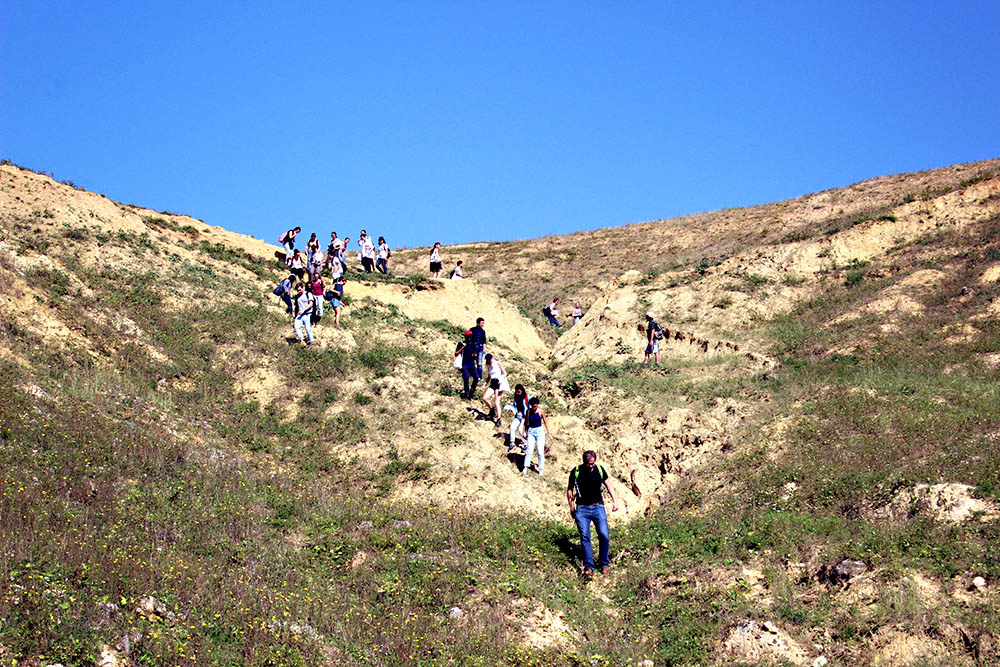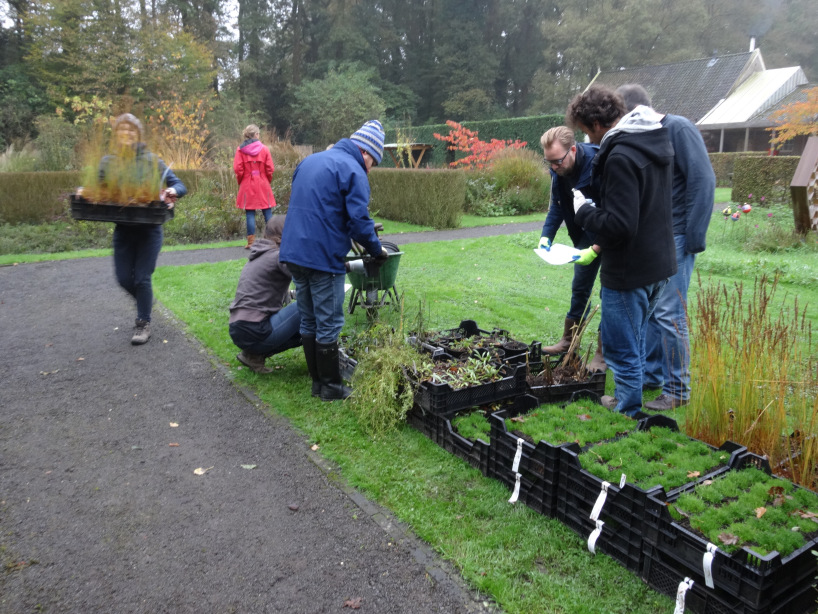By Inge Bobbink and Noël van Dooren.
During the week of 28th of January 2019, the master track of Landscape Architecture together with Noël van Dooren (researcher and part time professor at Van Hall Larenstein University of Applied Science) organized a workshop on ‘Drawing Time – representation of time and process in design’ for our graduation students. At the core of the master track 4 perspectives on landscape are essential: landscape perception, landscape as palimpsest, landscape as spatial continuum and landscape as ecologic, economic and social process. Each of these perspectives deal with ‘time’ in different ways and need to be part of the thesis design and its communication. Reason enough to organise a workshop on this important topic for our landscape architecture students.
Noël van Dooren wrote a dissertation on Drawing Time which served as theoretical background for the workshop. Furthermore, we invited two leading Dutch design offices Karres en Brands and H+N+S. They presented each a project which was used as case during the week. David Kloet presented WERF 35 at Hilversum, an abandoned factory which is waiting for slow interventions in order to transform the place into a creative hub. Jaap van der Salm presented two Room for the River projects at Wanssum and Nijmegen. In these projects the cross section of the river is widened, providing more space for the river, and inviting a more dynamic system. Over time, this intervention will change the ecosystem of the river.
Students were asked to select one of the projects, and comment on them with experimental time-drawings. They developed narratives to illustrate the time dimension of the projects, and tested tools like models, films, collages, sections etc. to represent the different time aspects. Most of the students focused on themes or time aspects which are relevant for their own master thesis as well. In this way the exercise contributes to sharpen their graduate project.
Many students worked with the dynamics of water flows, others were experimenting with growth patterns or processes of naturalization. Some worked with a physical model to visualize the changing profile of the river bank and its erosion process. Others worked in layers, in which each layer represented a specific time slot. A few students create short animations to visualize the change, for example vegetation development on a new river bank.
To illustrate the variety of the work we selected three different kinds of themes and presentation styles which were made during the week.
Traces of Rain (worked on the Karres en Brands project)
by Melinda Marján
How do different kinds of surfaces react timewise on heavy rainfall? First the concrete pavement, then the sewage pipes and manholes, later the sandy areas and finally the grassy, areas get flushed. By visualizing this in a model water can be identify as space changer through time.
Section through time (worked on the H+N+S project)
by Krit Thienvutichai
How to illustrate time/change of landscape in one drawing? By drawing different grow phases in a single static section using one color in different tones (the lighter the older) the plants seems to be in motion.

Weather influences (worked on the H+N+S project)
by Florentine Collens
A story about wind, water and growth and change.











